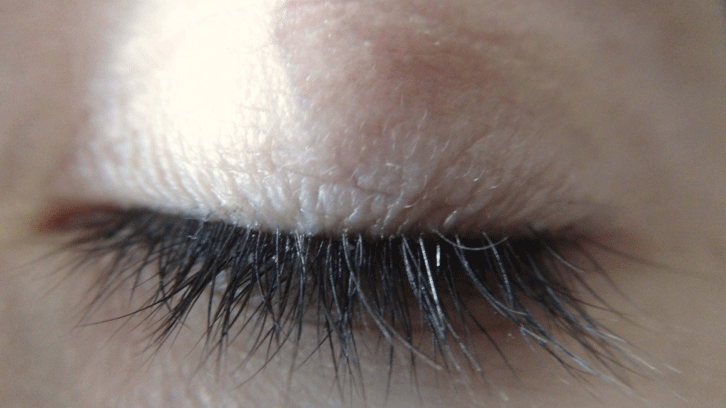Media professionals show a lower eye blink rate

Professionalization is a variable that has been studied in different contexts. Previous researches have shown that professionalization can cause structural or functional changes in cognitive behavior. According to a previous study, media professionalization provokes a decrease in eye blink rate when watching screens. But, what happens when looking at reality? To answer this question, we designed an investigation with 40 subjects (20 media professionals and 20 non-media professionals) and we registered their eye blink rate when they were watching a screened-content or looking at the same content represented in reality.
Eye blink has a double function. It has a physiological function and lubricates the eye. A low eye blink rate can generate insufficient eye lubrication, and it can create ocular problems. Eye blink has also a cognitive function. A low eye blink rate is an attention and perception marker.
In this investigation, we obtained that the decrease of eye blink rate of media professionals happens not only when they are watching at screens, but when they look at real events, too. Somehow, media professionals would pay more attention also to their environment. The results of this work are also important for visual health of media professionals. Due to the decrease of their eye blink rate, they should take care of their visual health not only when watching screens but also when they are looking at reality. All these results could also be of interest to other groups of people with an intensive use of screens, such as gamers.
We presented stimuli with the same narrative, actions, length and character. A wireless EEG device monitored subjects. We registered electromiographic activity in orbicular muscle. We compared eye blink rate of subjects while watching screened stimuli and while looking at real representation stimulus. Media professionals of Spanish Public Television (Radio Televisión Española, RTVE), coordinated by Institute of RTVE, participated in this investigation. Celia Andreu-Sánchez and Miguel Ángel Martín-Pascual at Neuro-Com research group of Universitat Autònoma de Barcelona, and Agnès Gruart and José María Delgado-García at Neuroscience Division of Universidad Pablo de Olavide in Seville developed the research.
Neuro-Com Research Group
celia.andreu@uab.cat
Miguel Ángel Martín-Pascual
Neuro-Com Research Group
miguelangel.martin@uab.cat
Department of Audiovisual Communication and Advertising
Faculty of Communication Sciences
Universitat Autònoma de Barcelona
References
Andreu-Sánchez, C., Martín-Pascual, M.A., Gruart, A., Delgado-García, J.M. Looking at reality versus watching screens: media professionalization effects on the spontaneous eyeblink rate. PLOS ONE. Doi: 10.1371/journal.pone.0176030 http://journals.plos.org/plosone/article?id=10.1371/journal.pone.0176030


